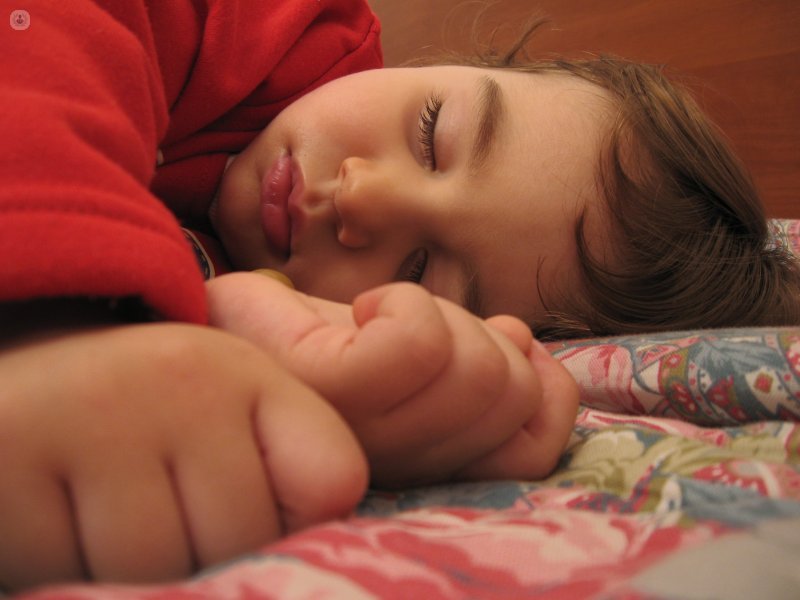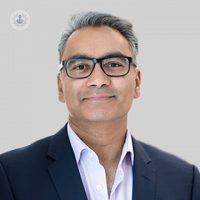Does your child suffer from obstructive sleep apnoea?
Written by:Obstructive sleep apnoea (OSA) is the most common type of sleep apnoea. It affects around one in 30 children and can be a great source of worry for parents. Apnoea is the cessation of airflow or temporary pauses of breathing during sleep.

What is the difference between apnoea and obstructive sleep apnoea?
If you ask a parent whether their child ever stops breathing at night, they nearly always answer “yes”. Everyone experiences physiological or normal apnoeas. It is the duration and frequency that determines if it is obstructive sleep apnoea. The basic definition of OSA is apnoeas of 10 seconds or more, more than 30 times during a seven-hour sleep. When a parent is asked if the apnoeas at night are for more than 10 seconds, the answer is nearly always "no". Whilst snoring is associated with OSA, most snorers don't have OSA but have normal apnoeas.
Children are more likely to be affected if:
- They are overweight
- They have Down’s syndrome
- They have large tonsils and adenoids
- There is a family history of obstructive sleep apnoea
- They have sickle cell disease
Treatment
Most children do not need surgery as their obstructive symptoms may be wholly or at least partly due to rhinitis (inflammation in the nose like having a cold or allergy), which is treatable with nasal sprays, drops and allergy treatment. If they don't respond to medical treatment, then adenotonsillectomy surgery (removing the adenoids and tonsils) is usually curative.
Rarely, continuous or bi-level positive airway pressure (CPAP or BiPAP) is needed. This is a machine which the child breathes through at night; it is relatively comfortable and plugs into a normal power socket. For very overweight children weight loss may help.


